3 myths related to training and learning
|
|||||||||
Shalu Wasu | Mar 10, 2010
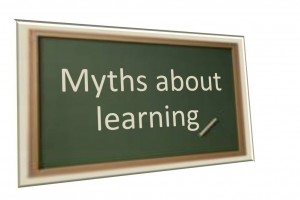 Myths have a way of perpetuating themselves. There are quite a few related to training and learning too. Everyone seems to believe in them. So much so that they have become sacrosanct and no one even bothers to question them.
Myths have a way of perpetuating themselves. There are quite a few related to training and learning too. Everyone seems to believe in them. So much so that they have become sacrosanct and no one even bothers to question them.
When I heard some for the first time, it was in the context of a training program that I was myself going through. My first reaction was: ‘Wow! That sounds incredible.’ In the enthusiasm of the collective wows that were generated, I accepted the myths as truth.
But I soon realized I was not comfortable believing in them. Intuitively, I knew they could not be true.
Now all these myths seemed to be backed up by solid research though. So I wondered if I was being my usual arrogant self by questioning these supposed universal ‘truths’.
But I started my probe anyway and what I found really warmed my heart! These were myths for sure, very similar to urban legends that get popularized without any sound basis. Read on and join me in smashing them.
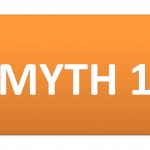 You remember 10% of what you read, 20% of what you hear, 30% of what you see and 90% of what you do.
You remember 10% of what you read, 20% of what you hear, 30% of what you see and 90% of what you do.
This is a widely repeated statement by trainers all over the world. Maybe you’ve been subjected to this statement at some time as well. I hope you have not made it though! The round figures are easily remembered but completely wrong.
The findings can be traced to one D.G. Treichler, an employee of Mobil Oil Company, who put forth these figures in 1967.
However, the NTL Institute for Applied Behavioral Science has laid claim to the figures, saying they are based on research in the early sixties and bizarrely adding that ‘we no longer have – nor can we find – the original research that supports the numbers’.
Though, there are many arguments against these figures, one that is most obvious is that all the percentages are perfectly round. What research into human behaviour ever resulted in four different round numbers?
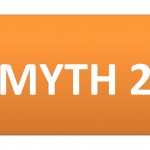 In communication, only 7% of the meaning is conveyed through the speaker’s words, 55% through his facial expressions and the rest 38% through tone of voice.
In communication, only 7% of the meaning is conveyed through the speaker’s words, 55% through his facial expressions and the rest 38% through tone of voice.
I am sure you have come across this lulu too, especially if you have attended communication or NLP programs. In one sweeping statement, words are reduced to an insignificant role in the great game of communication.
Yet, when we think about this deeply, the fallacies start becoming obvious. Is it really possible that if I get lost in Shanghai and ask a passer-by for directions, I’ll have to work out the correct route mostly from their facial expressions and tone of voice, and not from the words they use?
The findings are attributed to research done by Mehrabian but, in reality, they are just a distorted version of what Mehrabian himself has to say on his website. He expresses the results of his research in the form of an equation:
Total liking = 7% verbal liking + 38% vocal liking + 55% facial liking
He explains that “this and other equations regarding relative importance of verbal and nonverbal messages were derived from experiments dealing with communications of feelings and attitudes (i.e. like-dislike). Unless a communicator is talking about their feelings or attitudes, these equations are not applicable.”
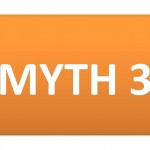 We use 10% of our brain (or anywhere from 1% to 15% depending upon where you have read it).
We use 10% of our brain (or anywhere from 1% to 15% depending upon where you have read it).
This one is so popular, even Albert Einstein is usually roped in as one of the endorsers! The media too has played a role in orchestrating this myth. Many of us therefore look at it as given.
Scientists have tried for years to change this misconception. They have clearly stated that there is no scientific evidence to suggest that we use only 10% of our brains. In fact it is very hard to say what using just 10% of your brain means.
It could mean that I could cut 90% of my brain and be just fine or that I just use only one out of every ten nerve cells at any one time. Let’s attack this one with common sense.
First of all, it is obvious that the brain, like all other organs, has been shaped by natural selection. Brain tissue is metabolically expensive both to grow and to run.
It strains credulity to think that evolution would have permitted squandering of resources on a scale necessary to build and maintain such a massively underutilized organ.
Secondly, losing far less than 90 percent of the brain to accident or disease has catastrophic consequences. Various medical tests reveal that there does not seem to be any area of the brain that can be destroyed without leaving the patient with some kind of functional deficit.
Likewise, electrical stimulation of points in the brain during neurosurgery has failed so far to uncover any dormant areas where no percept, emotion or movement is elicited by applying these tiny currents.
Having dug hard and deep, I find no evidence at all to support this myth.
The most powerful lure of the myth is probably the idea that we might develop psychic abilities, or at least gain a leg up on the competition by improving our memory or concentration.
All this is available for the asking, the ads say, if we just tapped into our most incredible of organs, the brain. It is past time to put this myth to rest, although if it has survived at least a century so far, it will surely live on into the new millennium.
The next time you are subjected to this one, just ask the speaker politely “Oh? What part don’t you use?”
Read these interesting articles to find out more about these myths and other myths related to training and learning.
|
|||||||||








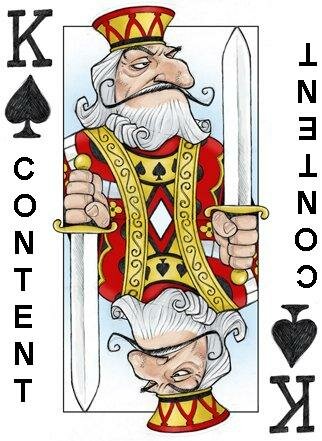





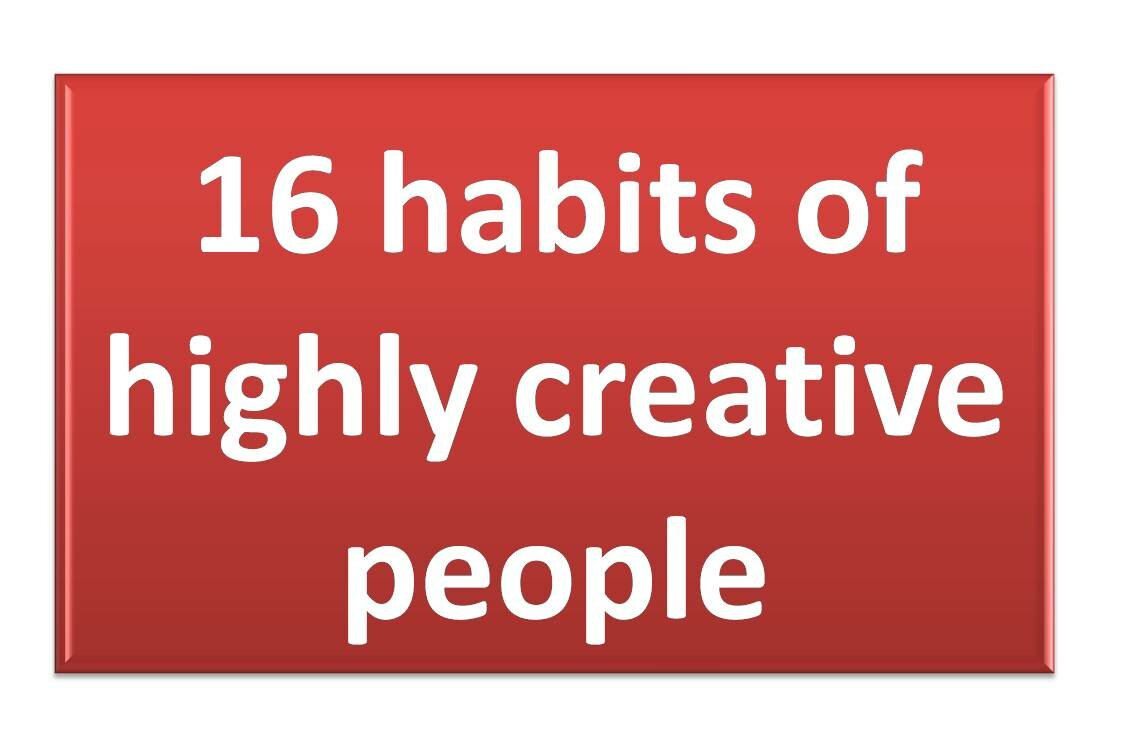




I am a trainer by profession and I must say that I have come across these “myths”. My reason for the quotes are as follows:
Myth # 1: while the percentages are silly, (like most statistical percentages) as they are rounded, the reality is that human beings do remember things they have seen or done themselves. When the objective of a learning is to develop a skill, it MUST be accompanied by an activity. That way, the natural resistance to the learning that people have i.e. “it is all well for you, but will not work in my situation…” will break down.
Myth # 2: I personally feel that this is very applicable when we look at it as meaning being communicated. Using the same example, if I am lost in deepest China and am trying to find out how to get to point X, my entire demeanour would shout ‘help! I am lost…’. That is the message I am communicating. A helpful stranger would obviously use body language i.e. pointing to a direction or other hand symbols to help. If they can’t, they mime that they can’t speak the language, thus communicating their inability to help. Words do play a lesser role in that instance.
I do think that this is a well written article and would be very interested in reading more articles from this writer.
Regards,
Asha
Hi,
Quite an interesting article…
My take on these myths is that they can be right or absolutely wrong..but doest it really matter? A trainer uses such facts (or fictitious things) to drive home some point and if that point is received well and learners are able to achieve the objectives of the training, then the material used becomes inconsequential.
However, the trainer has to take care that no learner is adding to their already-existing confusion and ‘mental garbage’ through the content of the program. Rest all is okay.
Even if you remove these myths (with some great efforts), there are dozen others waiting to occupy the emptied space…then why bother at all?
World will always be drenched in emotions of all sorts and mankind’s pursuit of happiness will perpetually add colors that are unknown and open vistas that are unheard of…why argue…let’s be game
Well said Amit.
Very good article and even better comments — fantastic balance; very mature way of looking at things — so essential in all walks of life.
Even though behavioral scientists have not found any evidence to corroborate Abraham Maslow’s “Hierarchy of Needs”, it continues to be the most popular motivational theory used by managers and academics — because it is so intuitive. So are most ‘myths’ like the ones mentioned in the article — they are intuitive and therefore easy to adapt and use; unlike many statistically correct theories, which are all head and no heart.
Any theory should engage both the emotional and the rational brain to be effective. Similarly although there is little corroboration for NLP in any standard HR textbooks, it continues to be used ‘effectively’ much like many placebos in medical science.
As long as these are used for illustrating a point rather than to exploit the inherent gullibility of most people, it is fine. But, yes the fact that these are ‘myths’ does help in avoiding a fundamentalist attitude of certitude.
I agree with you Anup. Myths, however outrageous, are okay so long as they are used as a means to drive home a point. The problem arises when they are looked upon as inviolable truths. The blame of course goes to trainers “parroting” the stuff.
Nicely shattering.
It is however quite another story to shatter the myth that trainers use “myths” to communicate….Just kidding
Actually in every field like training there are myths like these – and thanks to the “social media” that all of are in-to , these keep spreading faster and faster…
A question – DOES a MYTH become TRUE when more people BELIEVE in it?
yes a myth becomes a self fulfilling prophecy- something which we love believing in , so much so that it ceases to remain a myth!!
Answering the question whether Myths become true when more people begin to believe in them…its debatable but true..
Its like saying that superstitions are born out of coincidences…and they stay with us that way.
As trainers we do use a lot of these “statistics” to drive home a point. It helps telling people that if they practice something the chances that they will remember it are more..and the flip side is that if you practice the “wrong shot” will you end up perfecting that?
Trainers use the Johari Window questionnaire, the Thomas Killman exercise to teach something…and if we took these tests ourselves we may end up masking our answers.But they still help us to train and teach on basics. I liked the reference to Maslow’s theory of needs…it is still used…
Hello Shalu,
I acknowledge and appreciate your effort and great site with lot of good and valuable articles. Keep up the good work. Do look at my blog too give your review.
http://shabbarsuterwala.blogspot.com/
Thanks and Regards
Shabbar Suterwala
If more people thought like this, things cold be changed from the bottom up. But are we banging our heads against a brick wall?
Asha – Appreciate your comments. Thanks


Amit – Nice point! But till we clear the old ‘myths’, how will new one’s find space
Anup – Nicely put. Thanks.
Ramesh – Very interesting question. Yes, tend to agree with that. Myths perhaps go in cycles, they start as someone’s idea, gain acceptance, become truth. Then some people start asking questions, the halo goes away and finally people stop believing! How’s this for a theory
Himani and Chaya – thanks for your comments
Shabbar – Thanks, and nice blog!
Brian : We don’t need to be on a ‘mission’. Everyone can be happy with what they believe in
Do widely-believed “myths” become true? Yes and no!
Yes: they influence people’s behavior, which gives them a kind of truth. If everyone believes that children born with a birthmark on their right ear are born bad, they will treat such children as though they are bad, and some number of those children will respond by acting badly. So the belief can create an effect in the real world through the actions and reactions of those who believe it.
No: the underlying reality is not influenced by people’s beliefs, and is accessible at any time. Stop acting on your belief about right-ear birthmarks, and the inherent goodness of children born with them will re-assert itself with the next generation.
Ideas whose effects are achieved only through mutual belief are only a coating of pseudo-reality overlaying the deeper reality. Such ideas limit our ability to adapt to the world whenever we fail to distinguish them from the more fundamental layers of reality.
For example, the old belief (in some societies) in women’s inferior intellect became “true,” in a sense, through the subsequent denial of stimulation and opportunity to women, but such a belief remains dangerous and limiting of human potential, no matter how many people believe it. It behooves us to stand up against such fallacies whenever we find them.
Reality is hard enough to understand! We need everyone’s contribution to a clearer understanding of the world, so that together we may move toward a fuller appreciation of how things work. Let’s not accept or propagate known falsehoods. Let’s not repeat supposed facts simply because we heard them somewhere or even because an “authority” told them to us.
In an age of mass communication, Mark Twain’s saying is certainly true: “A lie can go halfway around the world while truth is still pulling on its boots.” (Oh, dear! Twain didn’t really say that. It was Charles Spurgeon. No, wait: Spurgeon said it in 1855, but he was quoting an older proverb. Darn it! The truth is slippery!)
Let’s be thorough seekers after truth, no matter how many times it slips through our fingers!
More about the Mehrabian myth:
http://westallen.typepad.com/idealawg/2007/03/what_is_the_big.html
Thanks Shalu. I have always wondered where the numbers in each of those examples came from. Especially the first example. I have been guilty of disseminating this misinformation (for the reason others have mentioned: to persuade novice trainers to design in a lot of activities and less lecture), but have often wondered–remembered for how long? How was this memory tested? What kind of task? Do songs count–because I think hearing is probably a good way to remember a song (vs. reading). so many questions.
anyway, good blog.
There can be no doubt that putting such exact percentage for each of these three functions/ phenomena (viz. remembering, conveying meanings and use of brains) can always be doubted. The basic reason is that these are all based on some empirical results, most of which were done in a primitive and hurried manner in a shallow style and they later took the shape of some concrete Gospel truths, possibly because they suited everyone including the trainers, the academicians and those being trained.
Every one liked nice and rounded numbers and these primarily fulfill such requirements.
But at the same time, it must be said that whatever the exact percentage, but these figures, nevertheless, would be giving quite a reasonable idea of the relative importance and weightage of the different concerned factors.
Amitabh Thakur,
SP(Intll),
Faizabad
India
#
Nice to see someone else trashing these myths. The worst crime these commit is when people take them as absolute facts and close their minds to other options.
Stephen
http://www.edenchanges.com
The statements that you call “myths” are supposed to be terse statements in certain contexts. Your article is reading them in the wrong context.
Quote 1: Do you really believe it would be a more scientific statement to say we remember “13%” of what we read? Round figures are meant to give a support for doing, rather than writing, rather than reading. It is like saying “A stitch in time saves 9″ – should it be 9.54? Doesn’t make sense, does it?
Quote 2: This has been said in the context of making a presentation (not asking a question from a passer-by). Again the “7%” and so on are indicative figures, and need not be so accurate. The quote just means to say that expression and tone of voice are important parts of presentation.
Quote 3: I think anybody not able to understand this saying has not tried a creative activity for a long time. When a person gets creative, he tries all sorts of possible things – the things most of us would never do in our life. The sort of thing Galois did in mathematics within his 22 years of life.
I remember a classmate of mine in school remembered the page number of each definition that he read in the science book. It is as though the page numbers would really matter! Similarly the percentages do not matter, what matters is reading the sayings correctly.
Quashing “myths” by interpreting them in a different context is a fruitless exercise. This is surely one of the least worthy article on this site.
Sadly every one seems to agree with whatever you write. Supposedly, this is in line with your argument of “Everyone can be happy with what they believe in”.
I’ve read articles like this before… articles that attack statements like ‘The Inuit have 50 words for Snow’ – and they always strike me as ‘peculiar’.
Let us agree right up front that as statistically accurate statements they fail miserably. AND if anyone is tossing them off as such, then that person is a charlatan. AND we have far too many of that sort in the training industry. They are in the same category of those who use trite sayings such as “There is no *I* in TEAM” — As if the letters of a word have anything to do with the meaning of a concept.
When someone uses the phrase “We only use 10% of our brains”… if they actually mean that there is a piece of our brain, consisting of 90% of its physical weight, that is dormant, devoid of electrical activity, then that person should not be allowed access to powerpoint, a flip chart or a microphone.
If on the other hand, the person means that by not having, and using, problem solving methodolgies, or not willing to explore new ideas without being afraid of being outside their comfort zone… that the person is using less than 10% of their potential… is there ANYONE here that would not agree with that assessment?
All of the cliches disparaged in the original post – contain a germ of truth. One cannot learn about being a teacher UNTIL one actually gets up and teaches… ie. we DO learn better by doing, than by listening, or even seeing.
All of the cliches disparaged can provide and excellent opportunity to explore and discuss the concepts they’re referring to.
In a sense, criticizing a well worn cliche is nothing but a cheap shot, that ignores the truths hidden in these phrases. Even my ‘attack’ on ‘There’s no I in TEAM’ falls into that category. But I’ve yet to hear anyone use that inanity in a competent manner. So I beg for a special dispensation.
Peter de Jager
webinars.technobility.com
Myths have a way of perpetuating themselves. There are quite a few related to training and learning too. Everyone seems to believe in them. So much so that they have become sacrosanct and no one even bothers to question them.
very interesting article, love that statement about not being able to actually locate the original data~ so funny!
James Raymond…
Tell me what was your inspiration for writing this? Hands down a masterpiece!…